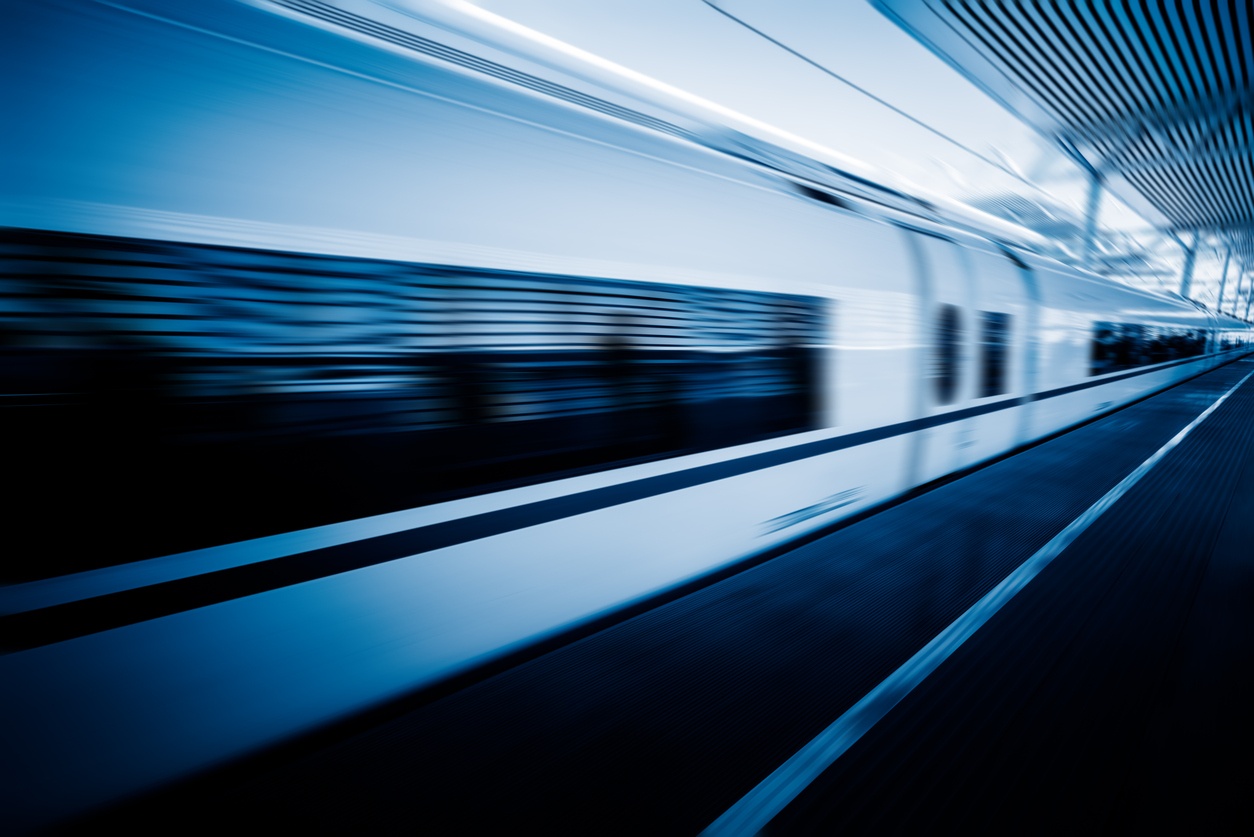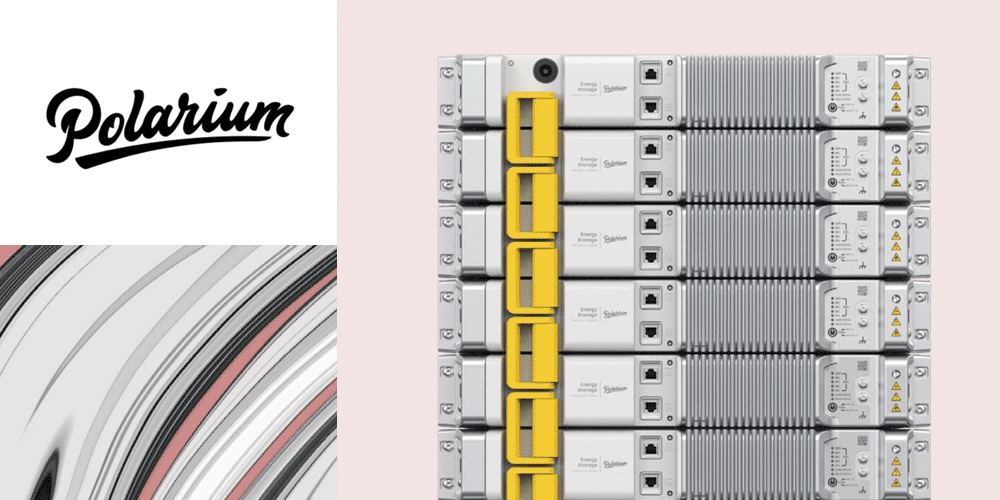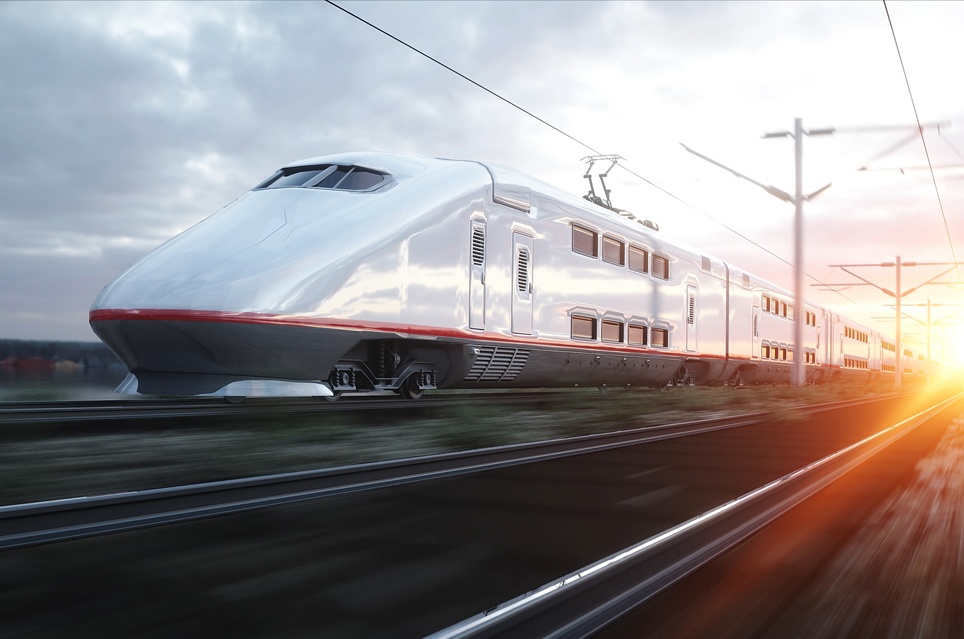As the world becomes increasingly urbanised, we can expect the number of journeys to triple by 2050. Most countries simply don’t have the roads available to absorb that increase.
Railways, which are able to carry more people, faster, and with greater efficiency, are the best way to overcome this mobility problem. Many people have theorised about what these trains may look like in the future.
Currently, Shanghai airport is linked with the city centre by a maglev train. This can reach 430kph. In Japan, superconducting magnetic levitation has been approved and will run from Osaka to Tokyo from 2027. Passengers will be able to complete the 500km journey in a little over an hour. This system will use even more powerful superconducting magnets than the Transrapid system currently used in Shanghai.
While maglev is possible - and already in use today, many question its commercial viability. The initial infrastructure cost is extremely high- the SCMaglev line in Japan will cost $72 billion USD. It also can’t be integrated with any existing rail networks, and the energy demand during both operation and construction is phenomenal. As the rail industry fights to become more energy efficient, it’s unlikely to embrace maglev as an alternative to conventional technology for high-speed rail.
Tesla’s Elon Musk originally proposed Hyperloop. The idea is that people would be able to travel at 1,220kph in pods that arrive every 30 seconds. The idea is based around straight tubes which have vacuum partially applied under the pods. They would be entirely solar and battery powered, however, it could only work for cities that are connected in almost straight lines over flat landscapes.
Many commuters would love the idea of Deutsche Bahn’s Idea Train. This would completely revolutionise the time spent commuting, with every need catered for.
The train includes a fitness studio, exercise bikes, and an onboard digital coach. Of course, quiet areas would be included, along with noise cancelling chairs, space for children, and tv sets.
Instead of the traditional rows of seats, this train features plenty of different options, including chairs that swivel- allowing passengers to face either backward or forward. For people hoping to finish some work, the idea train includes tablet stands and privacy pods.
As self-driving cars seem likely in the next few years, Deutsche Bahn believes that the rail industry needs to be able to step up to make commuters more likely to choose trains. While it’s unclear if this concept would ever be used, we do know that passengers expect individuality and comfort and like to use their time wisely.
In reality, most of us will be commuting on trains that are simply better versions of those we travel on today. We can expect greater automation, with mainline trains communicating with each other. This would reduce the possibility of accidents, meaning many more trains could be on the track at the same time, increasing service levels and capacity.
In Britain, Virgin Trains has included free wifi and mood lighting on its new Azuma fleet. In New York, a new plan has been announced for 1,025 new subway cars, along with renovations which will impact 31 subway stations. The plan will be completed by 2020, and aims to make the subway more tech-connected and less crowded.
The new cars would be almost centipede-like, without interior doors. This would allow each train to accommodate 10% more passengers. The wider doors will allow trains to reduce their waiting time by a third. The trains will also undergo cosmetic changes, including USB ports, digital displays, LED headlights, wifi, and seats that can be flipped up to create more space.
One thing is for sure- rail companies hoping to convince more people to commute will need to become increasingly innovative.
If you’re looking for ways to move your business into the future, get in touch to learn how our power products may be the answer you’re looking for.




